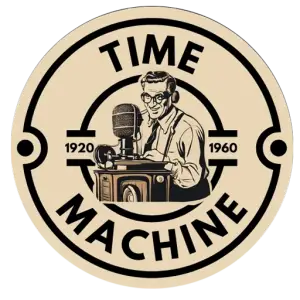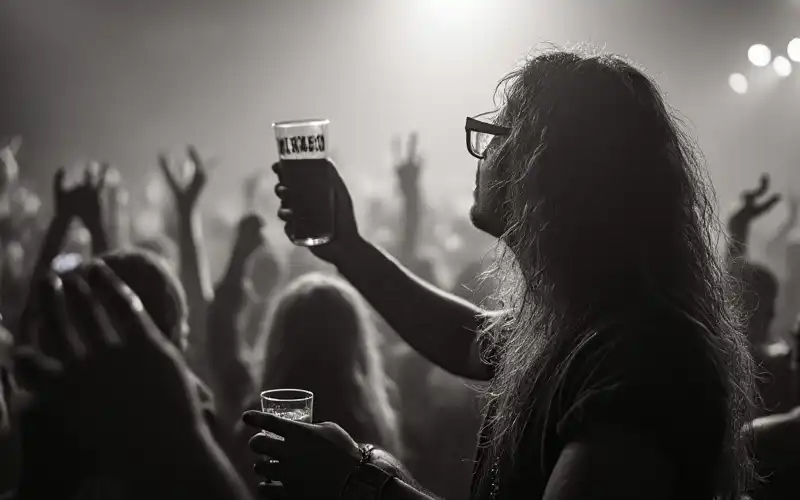In November of 1984, hair metal was at the height of its popularity, dominating airwaves and capturing the spirit of a generation eager for explosive guitar riffs and flamboyant stage performances. This week in music history marks a time when several iconic songs and albums were making waves, solidifying their place in the annals of rock history.
At the forefront of the hair metal scene was Van Halen, whose album “1984” continued to enjoy massive success. The song “Hot for Teacher” was blazing its way up the charts, thanks to its dynamic guitar work by Eddie Van Halen and the charismatic vocals of David Lee Roth. The track’s high-energy tempo and memorable music video, featuring the band members as schoolboys, made it a staple of the genre.
Meanwhile, Mötley Crüe was making significant noise with their album “Shout at the Devil.” The track “Looks That Kill” stood out with its heavy riffs and theatrical style, embodying the quintessential elements of hair metal that fans loved. Mötley Crüe’s wild image and rebellious lyrics resonated with listeners, cementing their status as one of the leading bands of the era.
Quiet Riot was another major player, with their album “Metal Health” continuing to influence the scene. The song “Cum On Feel the Noize” was a crowd favorite, characterized by its catchy chorus and driving rhythm. The track’s commercial success helped bring hair metal into the mainstream, paving the way for other bands to achieve similar acclaim.
Ratt’s “Out of the Cellar” was also making significant strides, with the single “Round and Round” gaining traction. Known for its infectious melody and powerful guitar solos, the song exemplified the polished yet edgy sound that defined hair metal. Ratt’s blend of glam and grit appealed to a broad audience, securing their spot in the genre’s elite.
Twisted Sister’s “Stay Hungry” was yet another key contributor to the hair metal movement. The anthem “We’re Not Gonna Take It” became an instant hit, its rebellious spirit and catchy hooks capturing the defiance and exuberance of the 1980s youth. The band’s theatrical performances and bold image made them icons of the genre.
These songs, among others, were not just chart-toppers; they were cultural milestones that encapsulated the essence of 1984’s hair metal scene. The combination of electrifying performances, striking visuals, and unforgettable music ensured that these tracks would remain influential for years to come. As we look back on this week in November 1984, it’s clear that hair metal was more than just a musical genre—it was a cultural phenomenon that left an indelible mark on the history of rock.






















